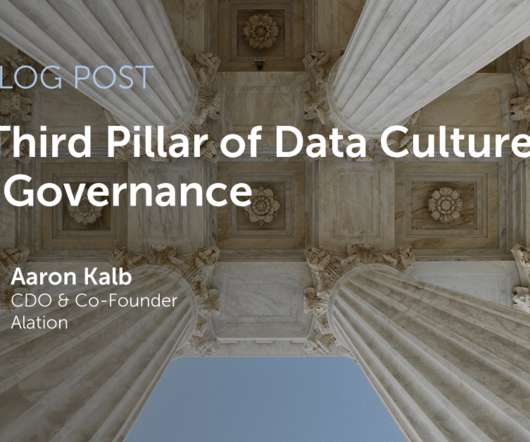Using Strategic Data Governance to Manage GDPR/CCPA Complexity
erwin
JULY 12, 2019
The complexity of regulatory requirements in and of themselves is aggravated by the complexity of the business and data landscapes within most enterprises. Creating and automating a curated enterprise data catalog , complete with physical assets, data models, data movement, data quality and on-demand lineage.















Let's personalize your content